Since the Ricoh GR series went digital, I’ve owned almost every iteration of this niche camera, starting with the GRD series and its amazing small 10 MP CCD sensor (GRD1, GRD3, GRD4) and moving to the big sensor first with the GXR and its lens/sensor module and then to the GRI and GRII with their CMOS APS-C 16MP sensor. Although I do not currently own the latest GRIII or the GRIIIx, I’ve learned enough to understand why this discreet little device has come to be regarded as a cult object among photographers in the know.
All Ricoh GR series cameras have a family resemblance based on the premise of being as discreet as possible. They are so unassuming that the casual passer-by might make the mistake of writing them off as a rather quirky point-and-shoot camera. They all have the same attraction for me: Small form, plain black boxy form, and superb image quality.
I haven’t yet moved to the latest iteration, the GRIII, with the 24 MP CMOS sensor. Despite the GRIII’s amazing image quality (my local Leica dealer also has the Ricoh GRIII and 40 mm GRIIIX in stock), I bought a mint second-hand X Vario and did not want to add another camera to the growing inventory.
The GRI and GRII (along with the GRDs and GXR) have been my trusted travel cameras, whether local or visiting faraway places. I’ll typically pack two Ricohs, one spare battery and a couple of chargers instead of opting for a couple of Leicas. You could say that I’m a bit of a Ricoh nut.
So why is the GR the ideal travel camera?
Form and function
All the GR models, including the latest GRIII and GRIIIx (40mm), share a common image. The design is minimalistic and rather bland (which makes it perhaps the most self-effacing camera you could use for travel). Yet, with the large APS-C sensor and excellent f/2.8 28mm-equivalent lens, the later models are capable of a remarkably strong performance. The common approach, which has not changed fundamentally in over ten years, has propelled the GR into the role of cult camera among experienced photographers.
The all-metal body is robust, and the lens retracts into the housing and is protected by a neat diaphragm cover, so no need for lens caps. The controls are all straightforward, if a little fiddly because of the small size of the camera, but are easy to operate. An unusual feature of the design is the presence of three strap lugs — two in the usual place at either end of the top plate and one at the bottom left of the camera. This allows a lightweight wrist strap to be added without hindering access to the controls on the top plate.
Experienced photographers like the Ricoh-special “snap-to-focus” option, which makes traditional zone focus as easy as it is on, say, a Leica M. This is not the case with most compact cameras, and it is one of those stand-out features that is far more useful than it appears at first glance.
Customisation
One of the great advantages of the Ricoh GR series is the ability to customise the camera to your liking. Once you know where the Adjust, Fn1 and Fn2 buttons are located, you can change your settings in a split second. I rarely use the adjust button, but it can be useful at times, especially when you encounter a tricky light condition. I have mine set up to ISO/file format/image ratio/AF-MF and light metering. You can even change these options to cover the adjustments you are comfortable with.
I’ve assigned the Fn1 to the crop mode, which enables me to crop 35 or 47mm if I want to, just like on the Q, and the Fn2 button gives me access to the positive film mode and B&W high contrast.
If you don’t feel like processing the RAW files from the Ricoh (they do take a long, long time to process, which is a big negative), the camera offers you a wide variety of jpeg settings which you can customise to your liking for vividness, contrast and sharpness. Once you’ve made the choice, you just forget about it. I usually like to enhance contrast and saturation in the setting 1 option. I have been happy with that setting using it.
A camera that doesn’t frighten people.
Of course, you can take photos of people without their noticing it, but the GR is so small that it doesn’t make people shy or afraid. It is just a tiny rectangular black box with no viewfinder but an excellent rear screen. Some may complain about the lack of a viewfinder, but it is not really necessary. Plus you have a better view of the environment. After taking the time to establish some kind of social relationship with the person you wish to photograph, they usually fully agree. The ability to crop into the image is also a great plus to compose your shot without much loss in quality despite the lower pixel resolution
Street photography
The GR is often considered to be the ultimate discreet street camera. Daido Moriyama certainly made the camera popular with his GRD and GR images. It is indeed a great street camera with its 28mm lens that can take in a lot of the environment. The camera is exceptionally fast when using the cult “Snap-to-Focus” mode, where you choose your focus distance in advance (for instance, a minimum focus distance of 1.5 or 2 meters) and then combine this with a suitable narrow aperture (f/8 or f/10) so that almost everything is always in focus.
It works just as effectively as zone focus on, say, a Leica M when using a similarly wide-angle lens, where a distance and aperture combination completely removes the need to focus the lens. As I’ve heard before, the fastest focus is zone focus. It beats even the fastest AF.
However, the GR is really fast to focus, and I prefer using the pinpoint AF with a half press of the shutter before recomposing. I’ve hardly missed an image that way.
Landscape and architecture
Wherever you go, a 28 mm lens gives you enough angle to capture sweeping landscapes or architectural shots in a tight environment. The level setting is a great help to avoid converging lines when shooting. Colours are accurate even with contrast and saturation enhanced., The 16MP sensor allows the production of excellent 80cm x 120cm prints if you wish.
Macro
With a close-up shooting distance of 10 centimetres, you can also take photos of flowers, small insects or shells if that is your fancy.
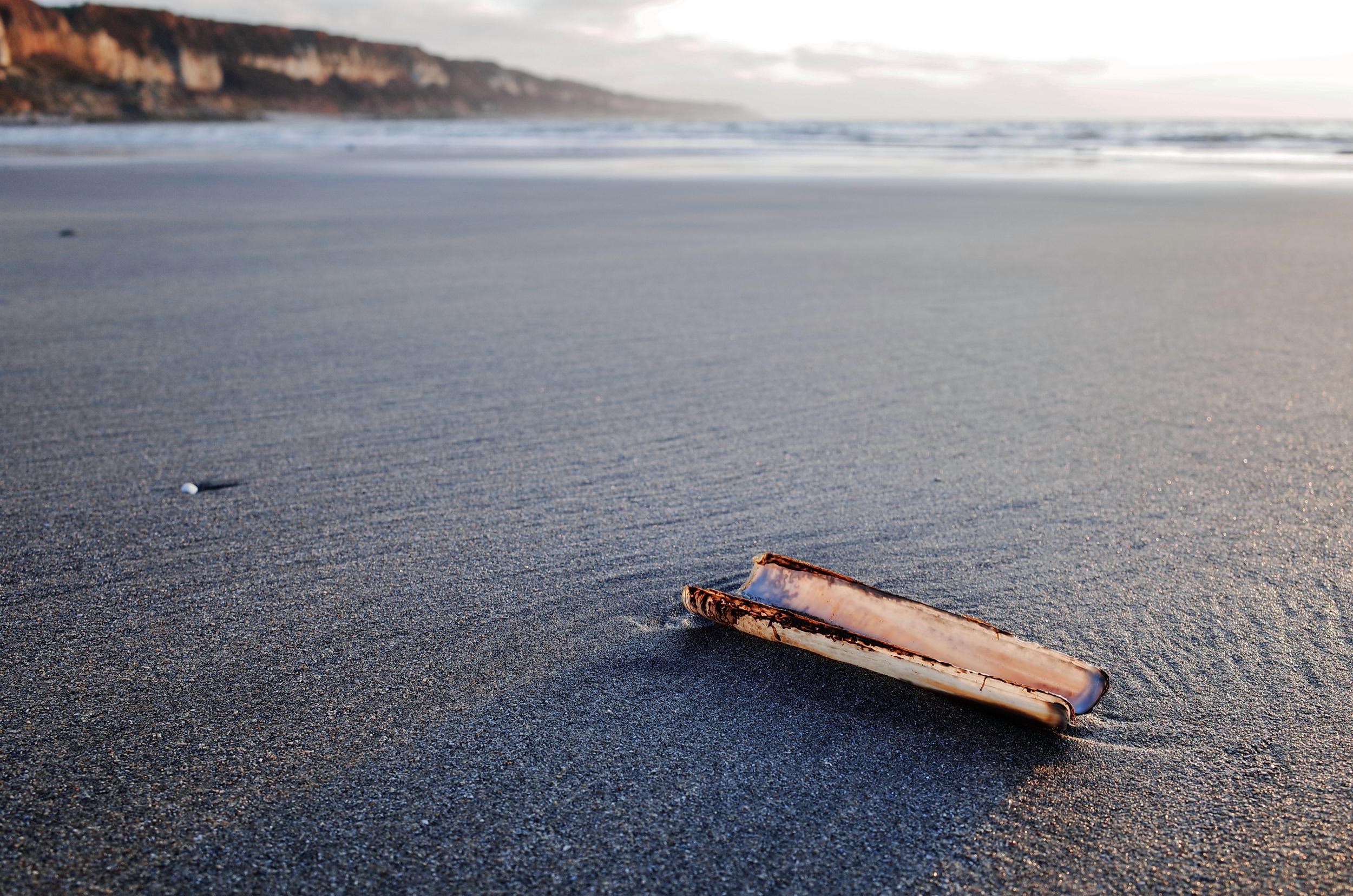
The B&W high contrast mode
Other camera manufacturers have introduced B&W high contrast mode, but none have come close to the Ricoh preset to my eyes. If you like a wide graduation from white to black with subtle nuances of grey, I guess the preset is not for you. But if you like deep blacks, slightly burnt white and strong contrast, you may fall for the Ricoh preset. It is delicate to master, but when you get it right, it renders beautifully.
A few downsides
Of course, no camera is perfect, and the GR has some flaws. It is not weather resistant or weather-sealed. The retractable lens may suck in dust in the long run, but if you know you’ll be going in a dusty environment, add the lens hood and a UV filter and some gaffer tape to the microphone holes. It is no longer pocketable, but at least the camera is dust-proof.
Battery life could be better. This is a really weak point of the camera, but, of course, you can’t have everything. The tiny body, which is the Ricoh USP, wouldn’t be tiny if the battery were larger. It’s the same argument with the lack of a viewfinder. Having a few spare batteries is a good idea if you are a manic shooter.
Bear in mind that the later models feature USB charging, so you can top up the battery with an external battery back while you are grabbing a coffee or a spot of lunch.
But mainly upsides
However, there’s a stack of things to like about these little black Ricoh GR boxes. The image quality is exceptional, far beyond what you would expect from a brief glance at the camera.
It is a versatile camera that allows you to deal with a variety of photo situations, and it does it well. The customisation of the camera is a real bonus. Once you have set your preferences, you never look back.
The camera is also truly sturdy, with its all-metal body. The original GRI, which was purchased in 2013, is still working perfectly after some thousands of images in various climates, from the heat of the equator to the cold of the Alps in winter. There’s always one GR among my camera gear when packing to travel or simply going out in my hometown for a session of street photography.
It’s easy to see why the current Ricoh 28 mm GRIII and 40 mm GRIIIx are cult cameras. Many pro photographers have one in their pocket. And if the Leica fan is to choose one camera from another make, it’s the GR that generally fits the bill because there is nothing, absolutely nothing, in the Leica range that fills the tiny hole left by the X1.
For size, quality and performance, there is nothing to beat the Ricoh GR series of cameras. Even the earliest examples are great fun to use and still produce great results. The latest GRIII and (40 mm) GRIIIx are rightly regarded as being the perfect pocket cameras for serious enthusiasts and professionals who want something a bit more discreet for those quieter moments.
Read more from Jean Perenet
More on the Ricoh GR
Want to contribute an article to Macfilos? It’s easy. Just click the “Write for Us” button. We’ll help with the writing and guide you through the process.


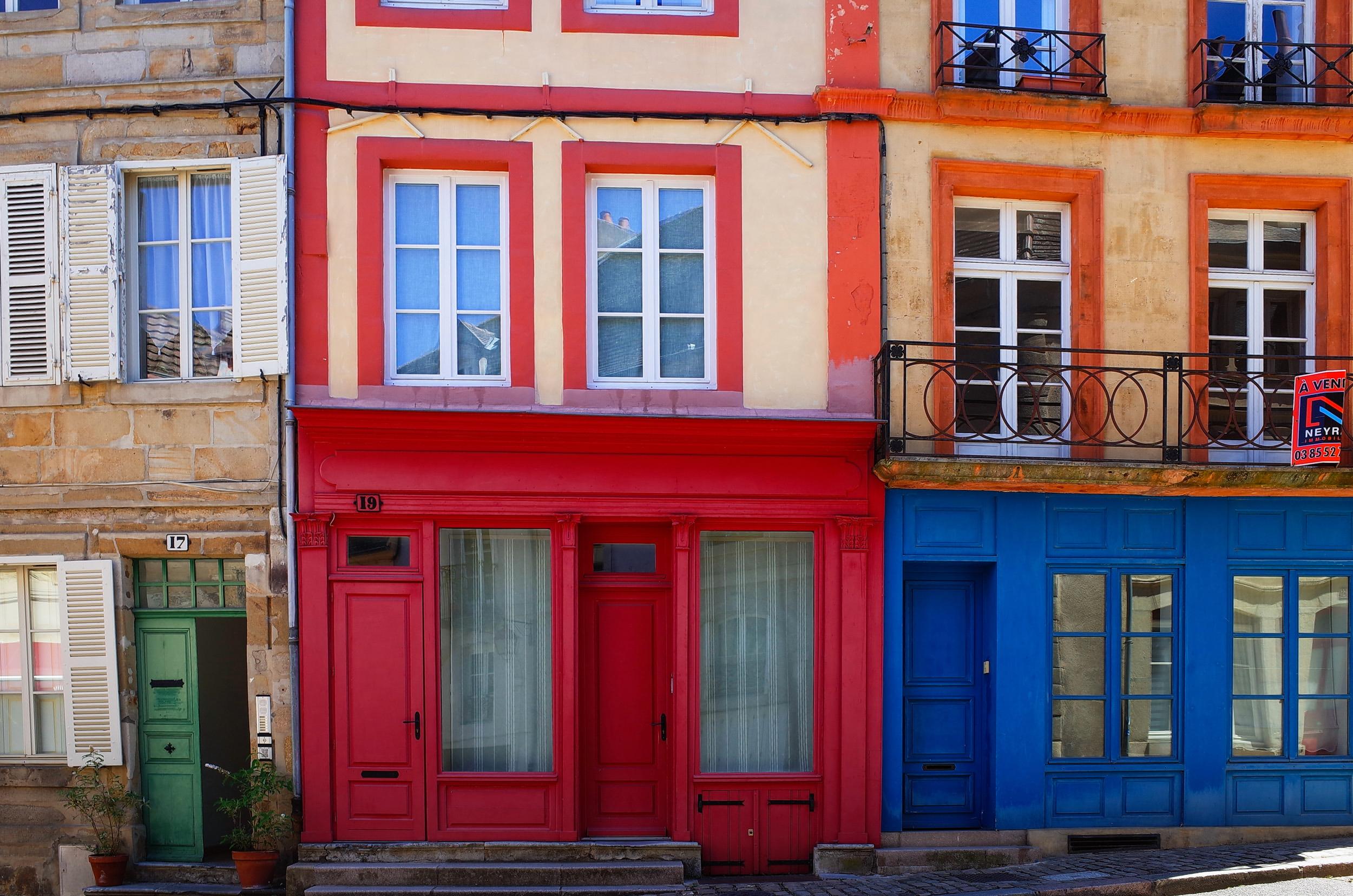
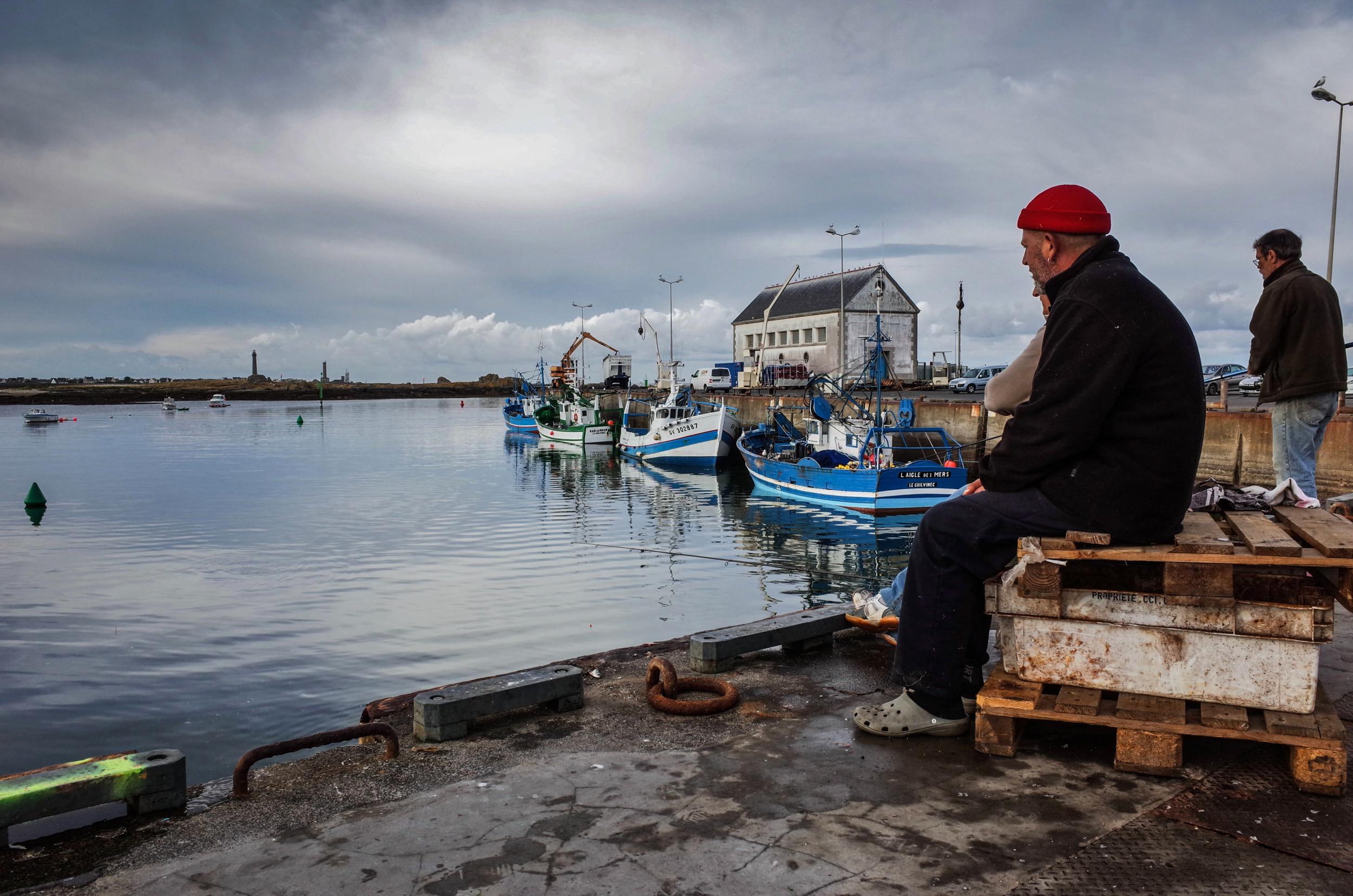
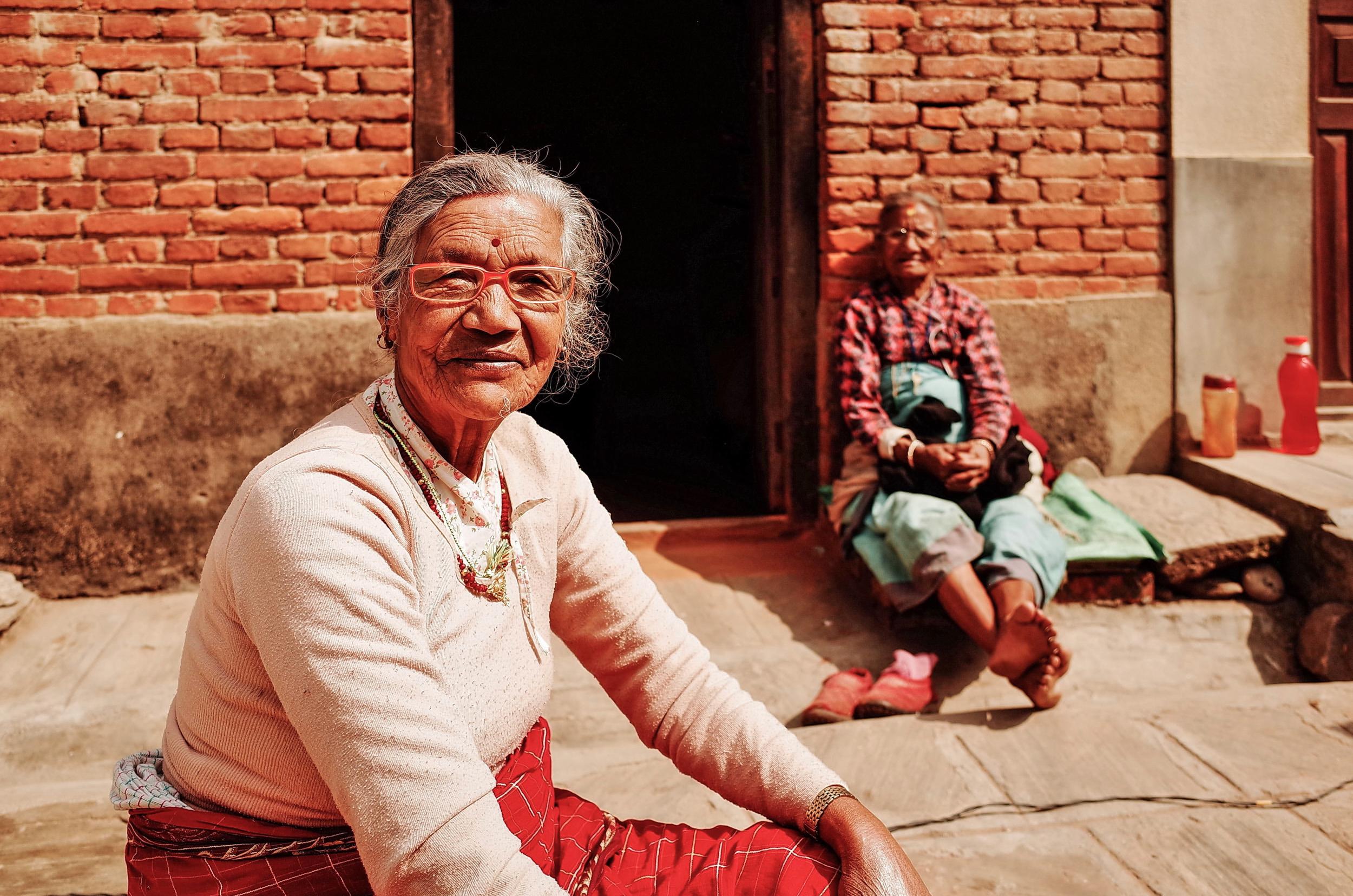
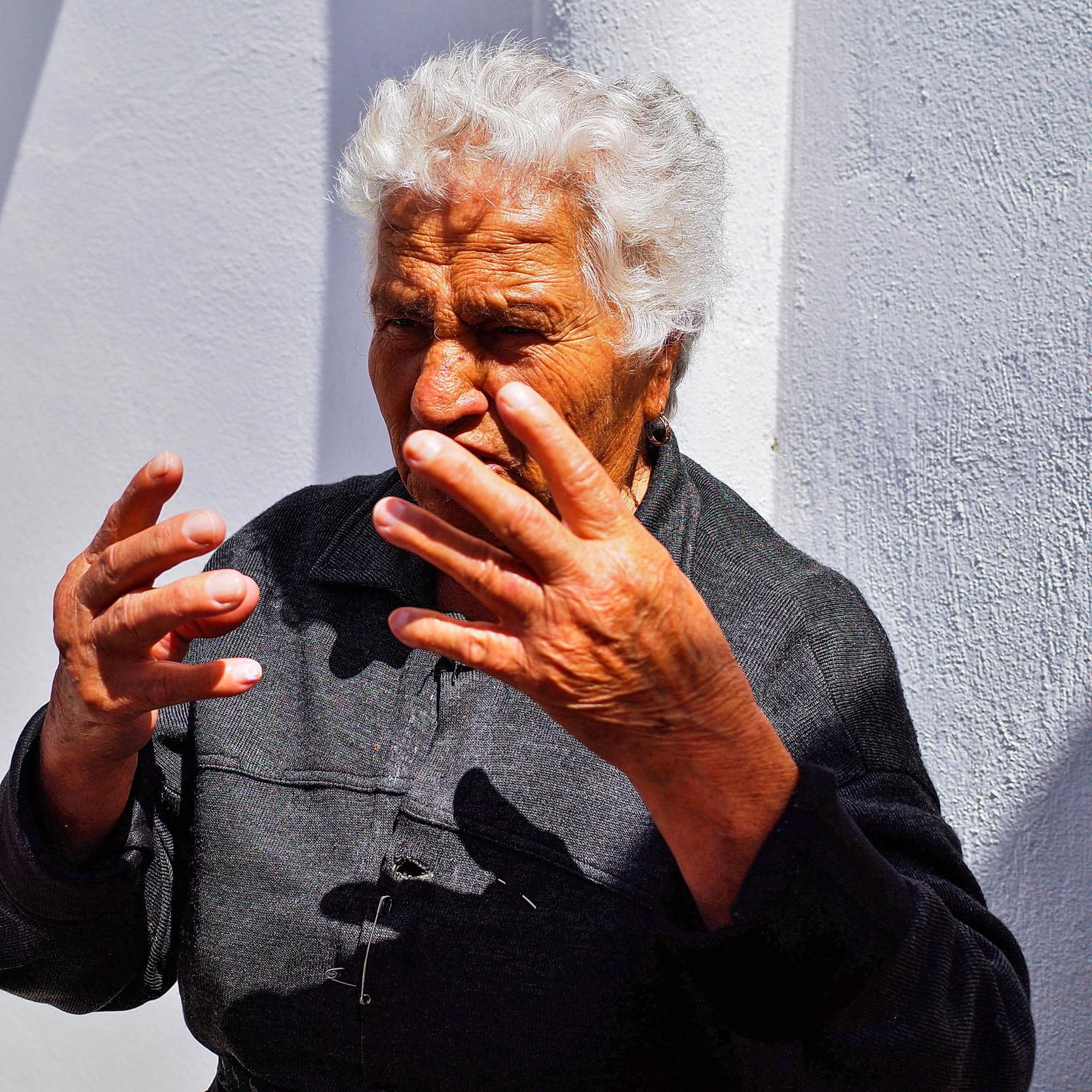


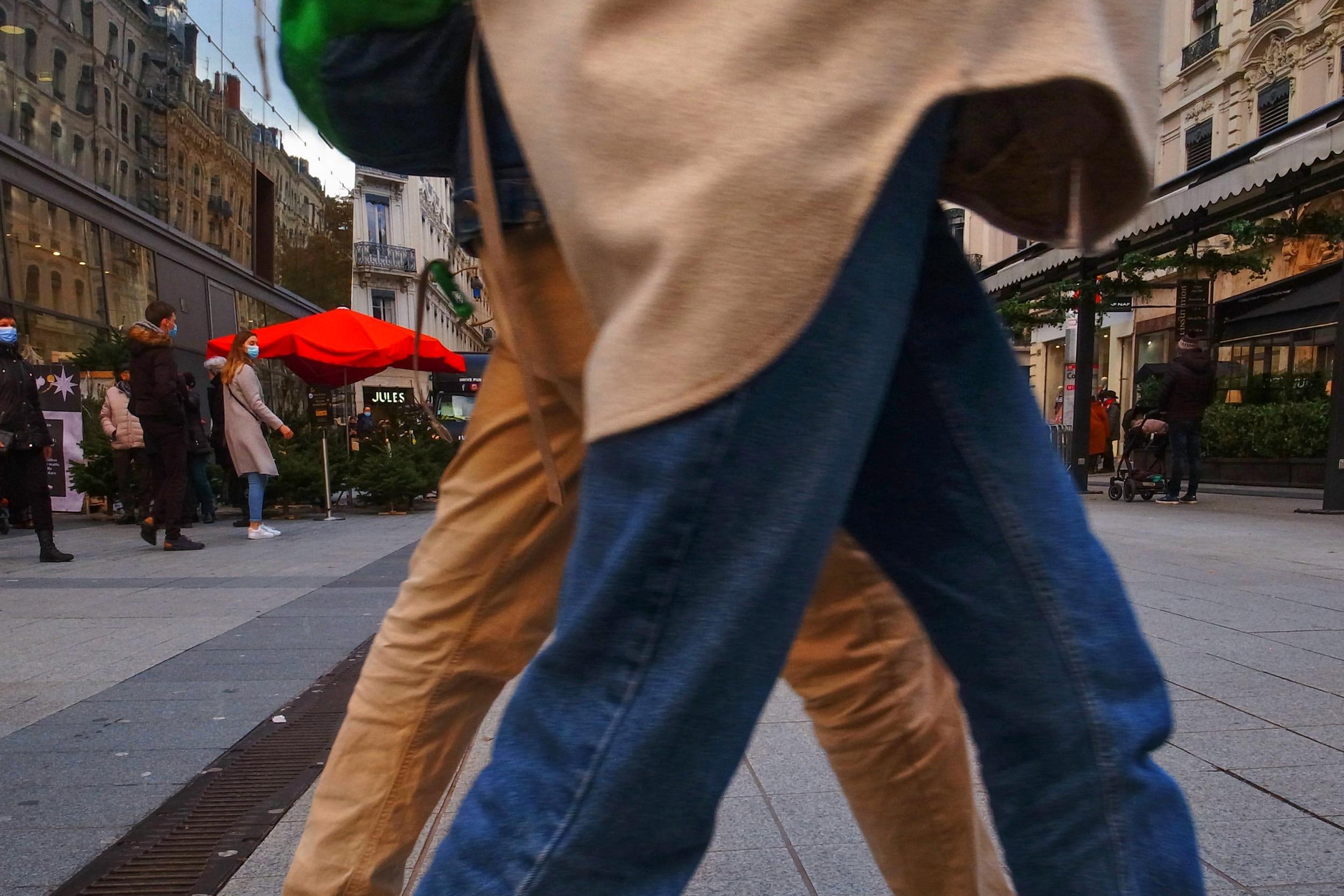


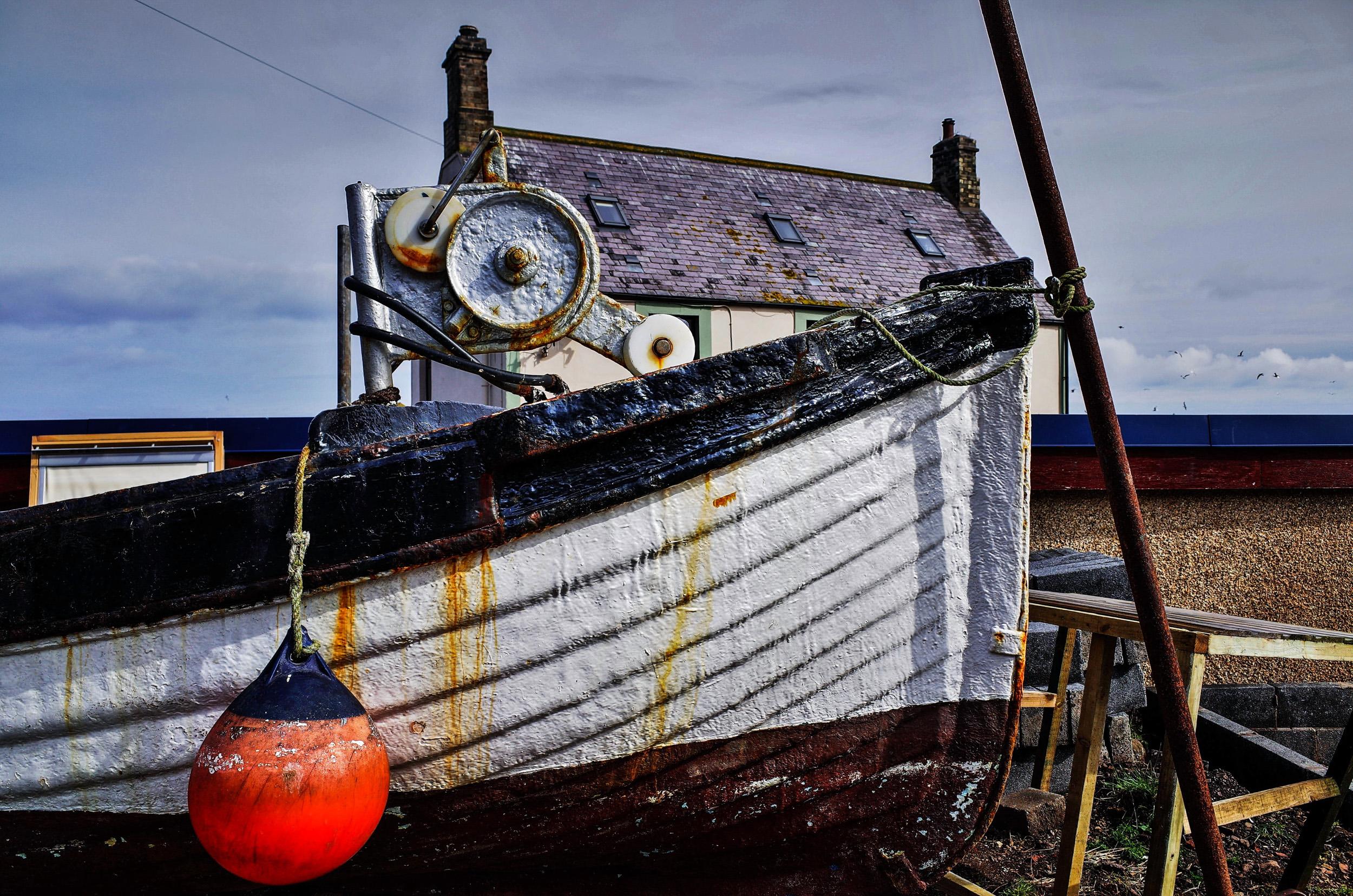
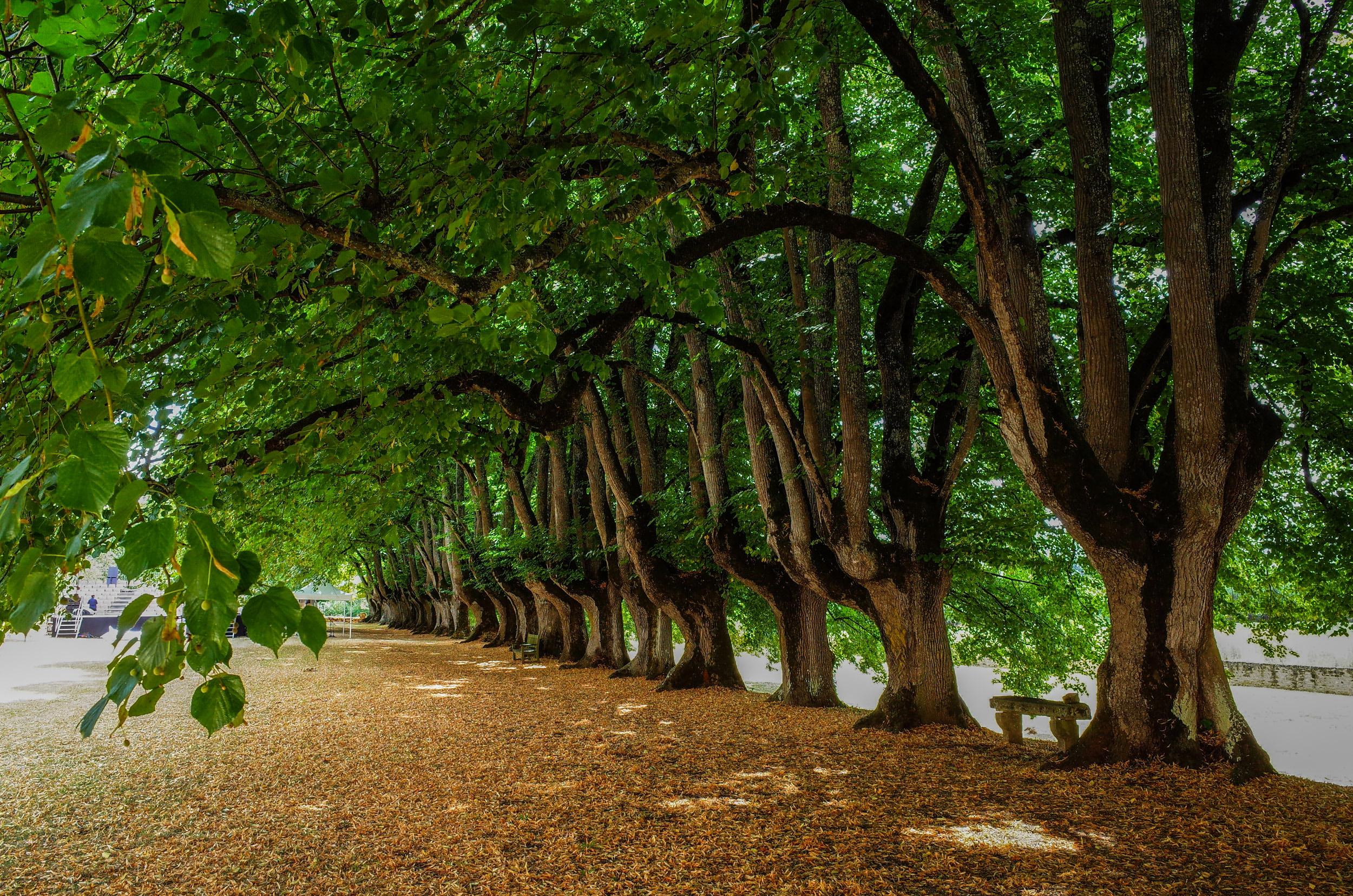

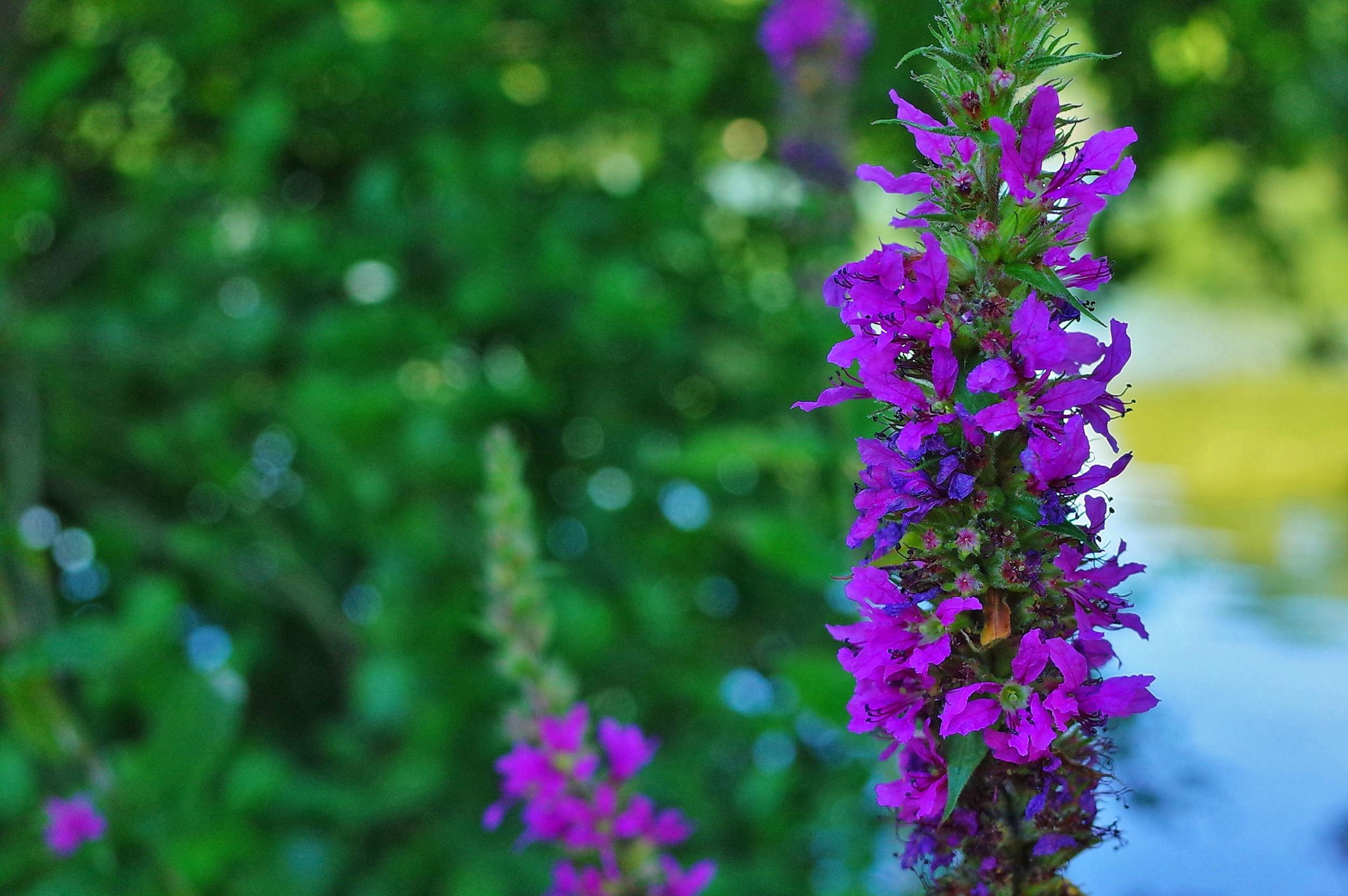

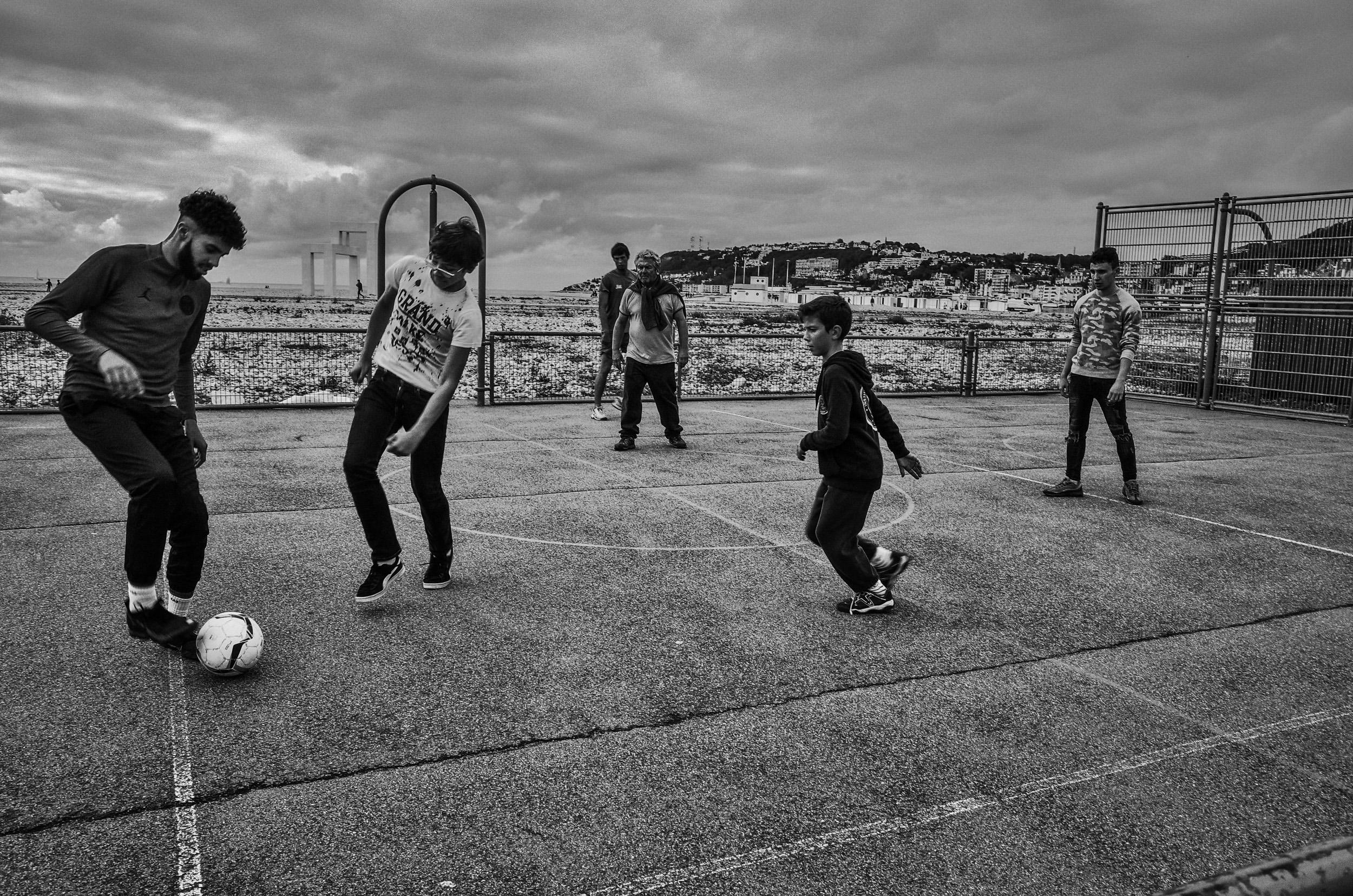

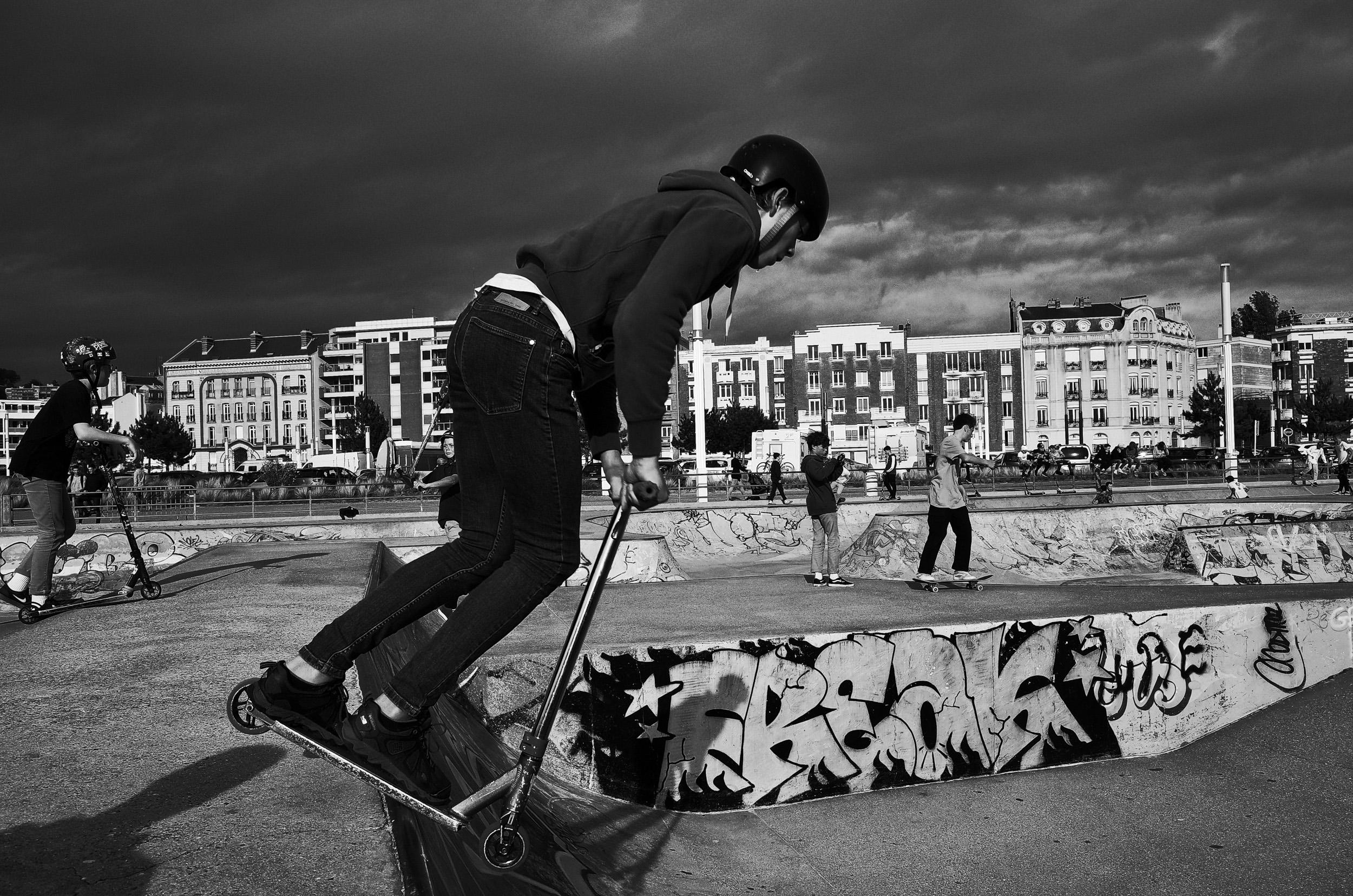




I keep reading that Ricoh can’t keep up with demand for the GRIII. It appears to be the same with Fuji and the X100V. And we know that Leica has been overwhelmed with demand for the Q3.
Does this signal a move by the market away from the complexity of ILC system cameras to something that is simpler, requires less thinking about what to carry with you, and can deliver results as good as more complex cameras?
Would be good to hear what others think.
I read a Japanese report a few days ago (which I clipped for a possible article) which stated that sales are booming following the fallow years of Covid. I suspect this must refer to mirrorless cameras because DSLR sales are still declining. But the interest in GR/X100/Q3-style cameras is encouraging. I don’t think it means that ILCs are threatened, just that photographers are turning to a fixed-lens camera, probably in addition to their other kit. Anyway, it’s all quite encouraging.
I always like reading blogs about this camera. Thanks Jean and lovely photos. Really like the natural pool and the harbour in Brittany. They were shot the GR?
Sorry for answering late. The harbour was shot with the 2013 original GR. It is still working but got problems with the aperture scroll and shutter release that refuses to work from time to time
Thanks Jean – I will pick one up! My friends in Paris – including my wife – are only grumpy because of the heat! But I will be happy to see our newly renovated apartment – haven’t been over for a year. The GR will be useful to help with my bad right shoulder – wielding the S or even the Q2 seems hard these days. I’ll take it down to our cottage in Burgundy.
I had a bike accident in 2020 and can’t carry a heavy camera. Anymore. The Gr and my XVario are the perfect solution. The CL or TL2 are the only alternative solutions sizewise. The Gr is much lighter and unlike Leica they will improve the camera with a new model in a few years (a bit like Fuji X100 series.)
I can’t tell you more about the Ricoh shop in Paris but I contacted them for some information and they were really helpful
Thanks Jean – and for your great article — that’s optimistic – I’ll be in Paris early July – maybe I can pick one up there!
There’s a Ricoh Pentax store in Paris
address: 3 rue Lucien Sampaix, 75010 Paris
Telephone: 0142063962
They are usually opened Tuesday to Saturday 10.00 to 12.30am & 2.00to 6.00pm
I don’t know if they speak English but they stock GR3 and GR3x
You can look at their web site http://www.ricoh-imaging-square-paris
Hope that helps. When you come to Paris and otherwise be prepared to meet grumpy Parisians
Ricoh posted an announcement on its Japanese site back in 2022 after buying Pentax that it was no longer going to “mass produce” Mirrorless cameras but market them directly to consumers – since then the US has been without!
I think it concerns Japanese customers. You can get GR3 & 3x pretty easily in France. My local camera dealer has both in stock.There might be not enough financial interest among Us camera dealers,but that’s mere conjecture.
Just playing catch up, cracking article Jean, and lovely images.
Thanks Dave for your kind comment. The camera files are pretty good for a 16MP camera. It’s a sweet spot for aps-c cameras.
Hi, Just saw this. They are in stock everywhere in Australia no problem at all.
All the best, Mark
The only Ricoh available are the waterproof ones – all the GRs have been “on backorder” or “coming soon” on Adorama and B&H for months now
I agree with all the praise – unfortunately all GRs have been unavailable in the US for over a year now – I’m still waiting!
I’ve heard this before and it seems strange. Does this apply to all Ricoh-Pentax models or just the GR? Ricoh aren’t the best communicators, but as far as I know all is well. The GR must pay for itself, especially with the Fuji X100 being generally unobtainable. The are the inky cameras in this niche that I would consider.
Looks like a fab camera, however withot an evf i always need a vari-angle screen, ended up purchasing the g1x mark 3
Thank you. The back screen on the Gr suits me fine. I like a viewfinder on my other cameras.
I never felt the necessity to upgrade from my lovely GRI to the GRIII. For me 16 MP are more than enough. Something I don‘t want to miss is this incredibly good superwide converter GW-3 that changes the excellent 28mm lens into a 21mm with stunning quality. IMO, this 0.75x converter is one of the most underrated accessories in the Ricoh ecosystem. It is worth every penny. For landscape and architecture the GW-3 is a must. Stopped down a bit, the GW-3‘s image quality is extraordinary – even in the edges. 😀
Thanks Frank, I like my Gr1 but I prefer the imaging of the GXR and GRD4 but that’s a personal taste. I’ve never tried the 21mm converter. I admit it is tempting. I feel at ease with the 28mm but sometimes also use the GXR 50mm module for street. It takes about 2 seconds to write a raw file and the lens sometimes hunts but it’s a gorgeous lens.
Regarding the GXR… Yes, I know what you mean. I‘m also one of theses strange people who fell in love with this niche camera right from the beginning. 😀 My favourite module is the 28mm, followed by the 50mm Macro and the M-mount module. I have the 16MP zoom module as well but for my taste it‘s a bit too clumsy. Using the fixed focal length modules is more fun.
Best
Frank
Thanks for the feedback Frank. I’ve got the S10 module which is tiny and has the same sensor as the GRD4. I wish I had the EVF as the back screen of the GXR is pretty unusable in broad daylight and I usually shoot blindly in full sunlight. The 28mm module is my favorite one and the most used lens of the three. The GV-2 28mm OVF is not that good and I think the GV-1 with both 21and 28mm may be the solution. The S10 zoom lacks definition compared to the new bodybuild C-Mos sensors but has a lot of character, like the GRD4 and a nice grain (noise) in B&W. You won’t use it for landscape but for street it’s a lovely pancake zoom. My version of the 50mm macro tends to hunt a lot, especially in macro mode but I usually nail what I want. The icing on the cake is the beautiful B&W you get from the GXR whatever lens module is mounted on the camera.
Thank you for this great article about the Ricoh GR and the beautiful photos you published. I shoot both cameras, the Ricoh GR and the Ricoh GXR, for years and I agree with everything you write in the article and comments. But I wouldn’t describe the Ricoh GR as a niche camera anymore. Meanwhile a large community has formed around this camera.
I mainly use the Ricoh GR and the Ricoh GXR (M-Mount) on my travels. Small, compact and both deliver excellent results and colour. I hope Ricoh will never abandon this product line. Ex
I agree, Aldarin, that the GR is no longer a niche camera. But it is niche in its appeal to experienced, knowledgeable photographers. On the face of things, it is a rather unappealing, anonymous camera. But the results say otherwise, and you need to be part of a circle of enthusiasts to appreciate it. If ever I see a GR in the wild, I know instinctively that the owner is something of a connoisseur.
Thanks Mark, I’ve owned 5 iterations of the Gr and GRD4 series. Like you new controls on the latest iteration have prevented me from buying a Gr iii. I’ve solved the dust issue with the lens hood. No longer pocket able but it works well. I’ve been to terribly dusty environment and it hasn’t failed yet. Size wise it’s about the same as my GXR with the 28mm
Best
Jean
Hi, I have owned most of the GR’s and currently have a GR and GR digital iv, I bought an optical viewfinder but for some reason find using them without somewhat liberating. Many of my favourite photos have been taken with these.
Just beware dust, every one of my GR’s has had bad sensor dust and they’re not worth enough to send away for cleaning unlike my Leica Q which has been cleaned three times and is due another, I reckon most people who say Q’s don’t get dirty sensors only use them wide open.
Having tried them all I prefer the GR or GR ii which are basically the same, the GRiii changed the controls for the worse, omitted the flash which I love for fill-in, and uses a silly little battery. Further according to Cris Reid the lens does not hold up in the corners on 24mp like it does on the 16mp cameras.
Also don’t forget the wide- angle conversion lens which is as fast and as sharp as the standard lens, just won’t fit in a pocket.
All the best, Mark
Thanks Keith for the kind comment. It’s true I like saturated imaging and enjoy the Gr preset for that. I I also enjoy the saturated imaging on my XVario. I shoot raw with the GXR and GRD4 and jpegs with the GR. I only have an old Packard Bell computer with windows 7. It’s as slow as a placid herbivorous from prehistorical time but works flawlessly with LR5. I have no need to change. I enjoy vintage cameras. At the moment I’ve set my eyes on an old Pentax K10d which was one of the first digital Pentax. It still has an amazing 10Mp CCD sensor and you can add any Pentax vintage lenses like the 28mm f3.5 or the 50mm 1.4. Pentax k10d imaging is the closest you can get to the Leica M8
Best
Jean
Hi Jean, thanks for the great article and lovely photos. Editor Mike, another big GR fan, has been encouraging me to give one a try. It is tempting! I have an article coming out in a few days that includes a discussion of the attributes of a great travel camera. I would be interested to hear what you think of my list. The 28mm field of view suits me really well, and it is so useful for architectural shots – like that sensational one you included of the cloister. I was interested to read about the slow processing of RAW files with the GR. I shoot RAW with my Q2, and the files are huge, but with my MacBook Air, equipped with its M1 chip, they are uploaded and exported in a jiffy. I wonder what computer you are using? It looked from your photos as if the JPEG setting on the GR produces heavily saturated images – a bit more saturated than I would typically opt for. I presume you can choose other JPEG settings too? Once again, thanks for the great read. All the best, Keith
I’m really grateful for this article, Jean. I’ve always enjoyed your earlier articles and photos, but this one is such a good guide to using a Ricoh that I shall probably take the plunge and then return to what you have written for guidance. For me it will be the latest, though I’m uncertain whether to go for the GRiii and 28mm or the GRiiiX with its 40mm lens. I suspect 40mm is more my style for most of the time.
Thanks John for your kind comment. If you don’t need something under 40 mm FOV, the Gr iii x is certainly a good day choice. But if you want a 35mm FOV the 28mm is a better option. I use crop mode with the 16MP camera and I haven’t been disappointed with image quality, even at 47mm. You can do the same with the Gr iii. If you opt for the Gr iiix you can crop 50 and 71 but you can’t go under 40mm. Getting the 2 cameras and you have the best of both Worlds.
Thanks Per for your kind comment.
The 28mm FOV proved really useful when shooting in tight or cramped environment but I do crop 35 or 47 on the GR at time. The GR iiix is the perfect complement to the original GR.
Like you I enjoy the ability to shoot square format with the GR. The monochrome images the camera produces is what I like best in the camera
I guess it feels more comfortable to shoot street with a 40mm or 50mm crop. 35 and 50 mm are my most used focal length when using my XVario.
Interesting reading, and great imagery; thank you!
I second your high opinion of this Ricoh series 100 %. I bought the first APS-C model (GR I) in 2015, and loved everything but the angle of view; 28 mm eq was just too much for me, so I ended up cropping almost everything. Finally, I selected square aspect ratio and B/W, and called it my “pocket Rolleiflex”…;-)
Fast forward… the GRIIIx with 40 mm eq seemed the perfect solution; bought mine just over a year ago. And, what an improvement that was, at least for me (YMMV, as the saying goes). Just perfect angle of view, plus croppable pixel count (I don´t hesitate to use the 71 mm setting whenever needed). And image stabilisation at that! And even SMALLER than the already diminutive GRI (no flash, but I never used it anyhow).
It almost relegated my Leica M gear to the cupboard, and if I ever go on any restricted-luggage trip, it will be my only camera to carry. As it is, it is the on that i pack for tose days when I´m just to tired/lazy to carry anything bigger. And, honestly, the pictures are none the worse for it!
Thanks Jörg-Peter for your kind comment. I’ve hardly used my GR for some time now as I am spoilt for choice with the GXR system, the GRD4 with its amazing CCD sensor (truly film like) and the Leica X vario I recently bought to replace my X2.
Thanks for the feedback on the GR iiix. I own a 47mm Pentax viewfinder which I use on my GXR with the 50mm macro lens and that might be of some help for your GR iiix if you can find a used one. It’s a very clear OVF and the experience could be pretty similar to shooting a Voigtlander Nokton 40mm on a Leica M.
The C-summicron 40 mm was my most used lens on my now gone analog CL. That makes the GR iiix terribly tempting.
Best
Jean
Dear Jean,
a wonderful review with great images. That‘s what I especially appreciate: When camera reviewer can prove that they are decent photographers as well. In your case, it’s not just decent but magnificent.
As to the Ricoh GR I can add that the GRIIIx offers superb image quality with its 24MP sensor and a very good lens. I used it for an interesting project last year side by side with a Rollei35, certainly another cult camera. You can read more about it here: https://www.macfilos.com/2022/11/18/40mm-compacts-from-ancient-to-modern-with-the-rollei-35-and-ricoh-gr-iiix/
Since then, the Ricoh has seen too little use, it’s a shame, but I was busy with new episodes for The M Files. But I will get my hands on the Ricoh soon again. If only it had a viewfinder…
Best wishes and thanks again for sharing your knowledge and talent.
Jörg-Peter
Thank you for your kind comment. I was tempted by the DL-109 a few years ago but already had my 2 Ricoh GXR so it did not make sense. I’ll probably fall for a GR iiix with it’s 40mm equivalent in the future as I already have 3 28mm Ricoh cameras.
Oops, that was a reply for Le Chef
ALADDIN (Jean) rubs his lamp(any camera) and out comes MAGIC ! That is what is so great about Macfilos, great articles and great photos. I always try to pic a fav photo but here is a case that I am stumped. Jean thank you
Thanks John for your kind comment. It’s been a while since I posted something. You should also thank Mike for editing the article and always adding a few words to turn my rather blunt prose into something pleasurable.
First of all thank you for the beautiful images – just lovely. They look like they came from a much more expensive camera.
I have always liked the idea of the GR3 but as long as my creaky DL-109 continues to function I’m not going to make the change. As I’ve got a Q2 the DL-109 gives me more options.
Great write-up, Jean, and I’m happy to see a few of my favourite pictures here. I know you’re a pretty prolific shooter, so how many batteries do you carry actually? When you say that the raw files take a long time to process, you mean in the camera?
Thanks Farhiz for the kind comment. I carry just one sare battery with me but most of the time just one is enough provided you switch off the camera between shots. It’s really fast to turn on. I’m reluctant to leave the camera on all the time. I process raw files with LR5. B&W are easy to process but processing the colour files is delicate and long. I never manage to get the rendering I want, so if I know I’ll be shooting colours I prefer the jpegs with my camera preset. I much prefer processing the raw files of the GXR. They’re so nice to process.